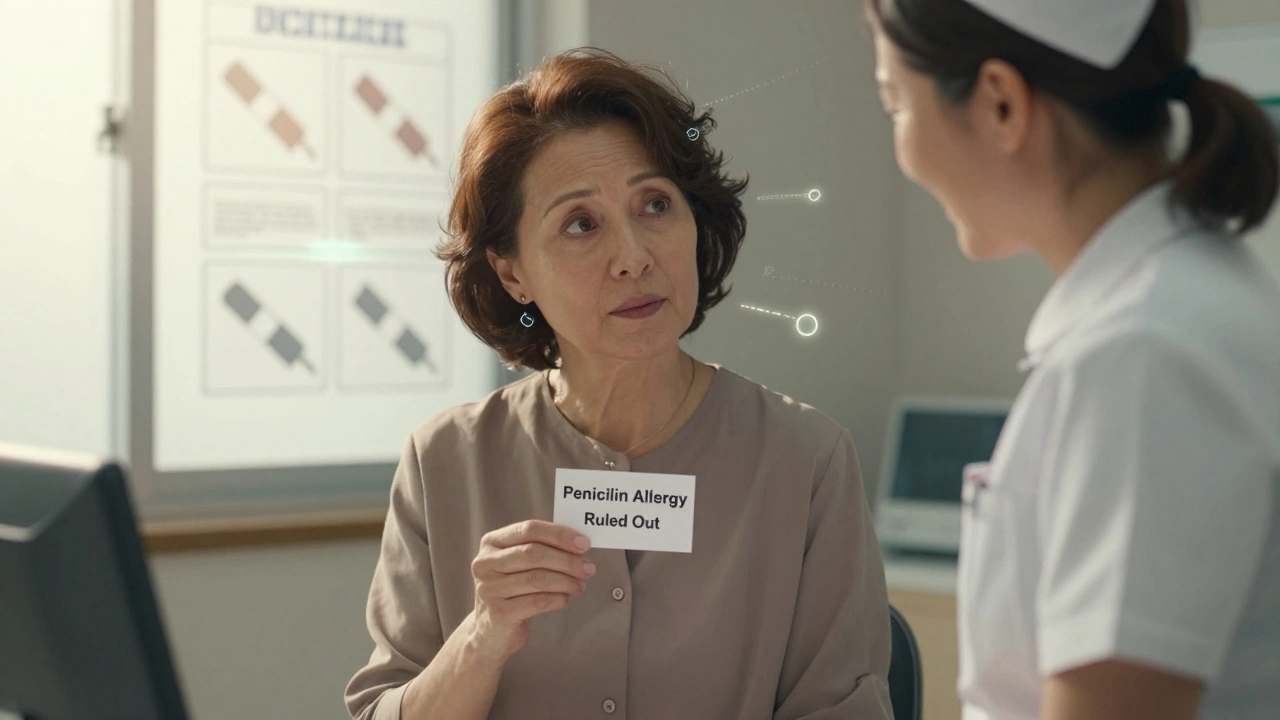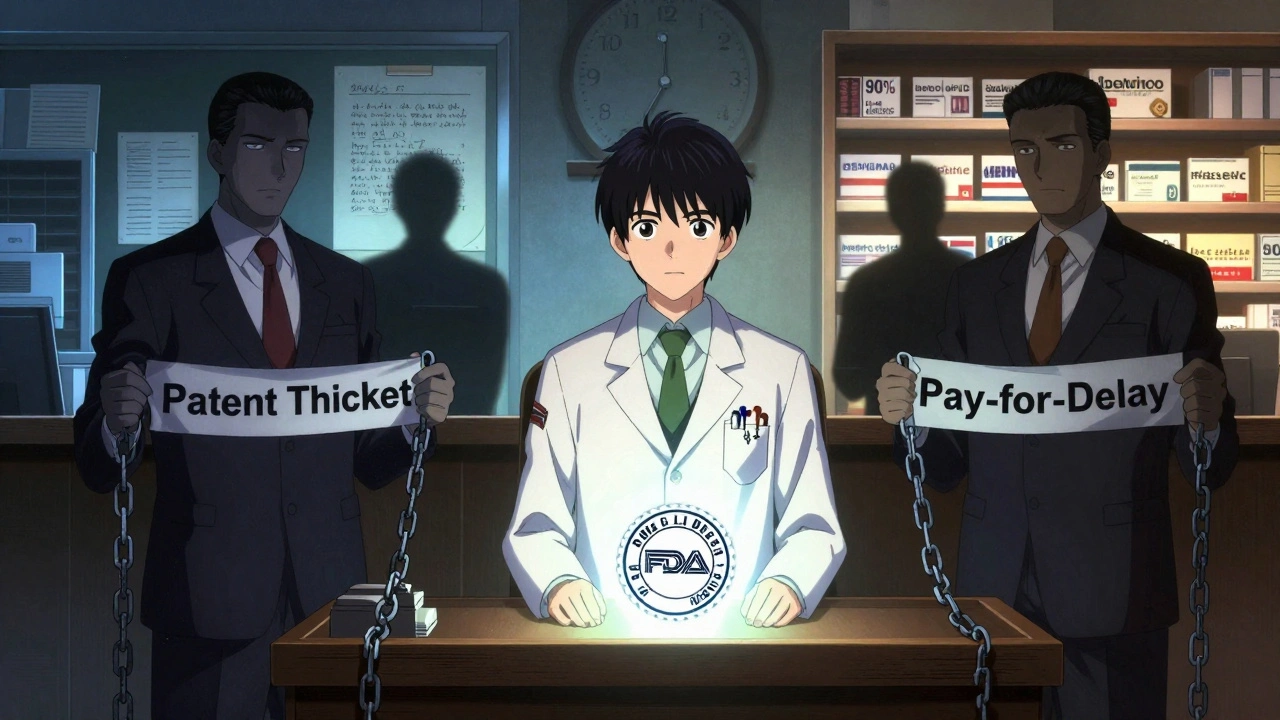Muscle Relaxant Basics and Quick Tips
If you’ve ever felt a tight knot in your back or a cramp that won’t let you move, a muscle relaxant might be the answer. These meds help ease muscle tension, reduce spasms, and let you get back to daily life faster. They’re not a cure for the underlying condition, but they can make the pain and stiffness easier to handle while other treatments do their work.
How Muscle Relaxants Work
Most muscle relaxants act on the nervous system. They either calm the nerves that tell muscles to contract (central‑acting) or block the signals at the muscle itself (peripheral‑acting). The central type includes drugs like cyclobenzaprine, methocarbamol, and baclofen. They work by reducing the brain’s over‑activity that leads to tight muscles. Peripheral drugs such as dantrolene act directly on the muscle fibers, making them less likely to contract.
Because they affect the brain or nerves, you’ll often feel drowsy or a bit light‑headed. That’s why doctors usually advise taking them at night or when you don’t need to drive or operate machinery. The effect usually starts within an hour and lasts several hours, so you can plan your dose around when you need the most relief.
Buying Muscle Relaxants Safely Online
Many people look for cheaper options online, and that can work if you know what to watch for. First, make sure the pharmacy is licensed in your country – a quick check on the site’s “About” page or a regulator’s list will tell you. Next, you’ll need a valid prescription for most muscle relaxants; sites that sell them without one are likely unsafe.
Compare prices, but don’t pick the lowest offer if the site looks sketchy. Look for clear contact info, a privacy policy, and secure payment methods (https). Read customer reviews, especially those that mention receiving the correct medication and package safety. If the site offers a pharmacist chat, that’s a good sign they care about proper usage.
When your order arrives, check the packaging for tamper‑evident seals and verify the batch number against the label on the site. Store the medication as instructed – usually a cool, dry place away from children.
Remember, muscle relaxants are meant for short‑term use. If you need them for more than a couple of weeks, talk to your doctor about why the pain persists. Sometimes physical therapy, proper stretching, or a change in activity can reduce the need for medication.
In short, muscle relaxants can give quick relief from painful spasms, but they come with drowsiness and other side effects. Use them responsibly, get them from a reputable online pharmacy, and always follow your doctor’s guidance. With the right approach, you’ll get the comfort you need without unnecessary risks.

Flexeril Guide: Uses, Dosage, Side Effects & Safety Tips
A practical guide to Flexeril (cyclobenzaprine): how it works, proper dosing, common side effects, safety precautions and FAQs for patients.




